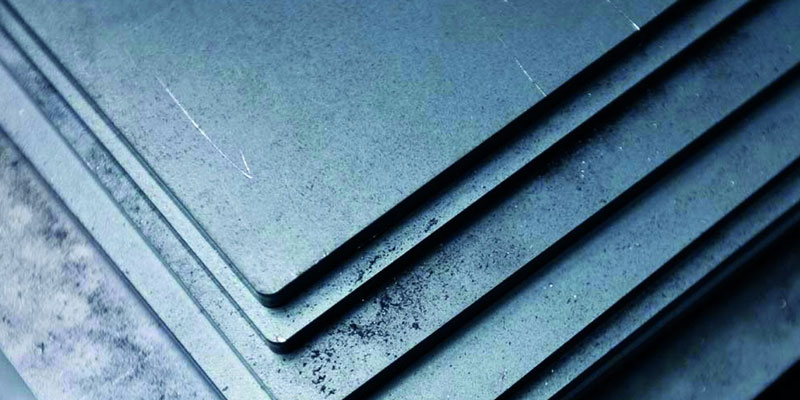AISI 1215

Carbon steels are designated by AISI four-digit numbers. They contain carbon as the significant alloying element. Small quantities of molybdenum, chromium, nickel, aluminium, and copper are present in these steels. They also contain 0.4% silicon and 1.2% manganese.